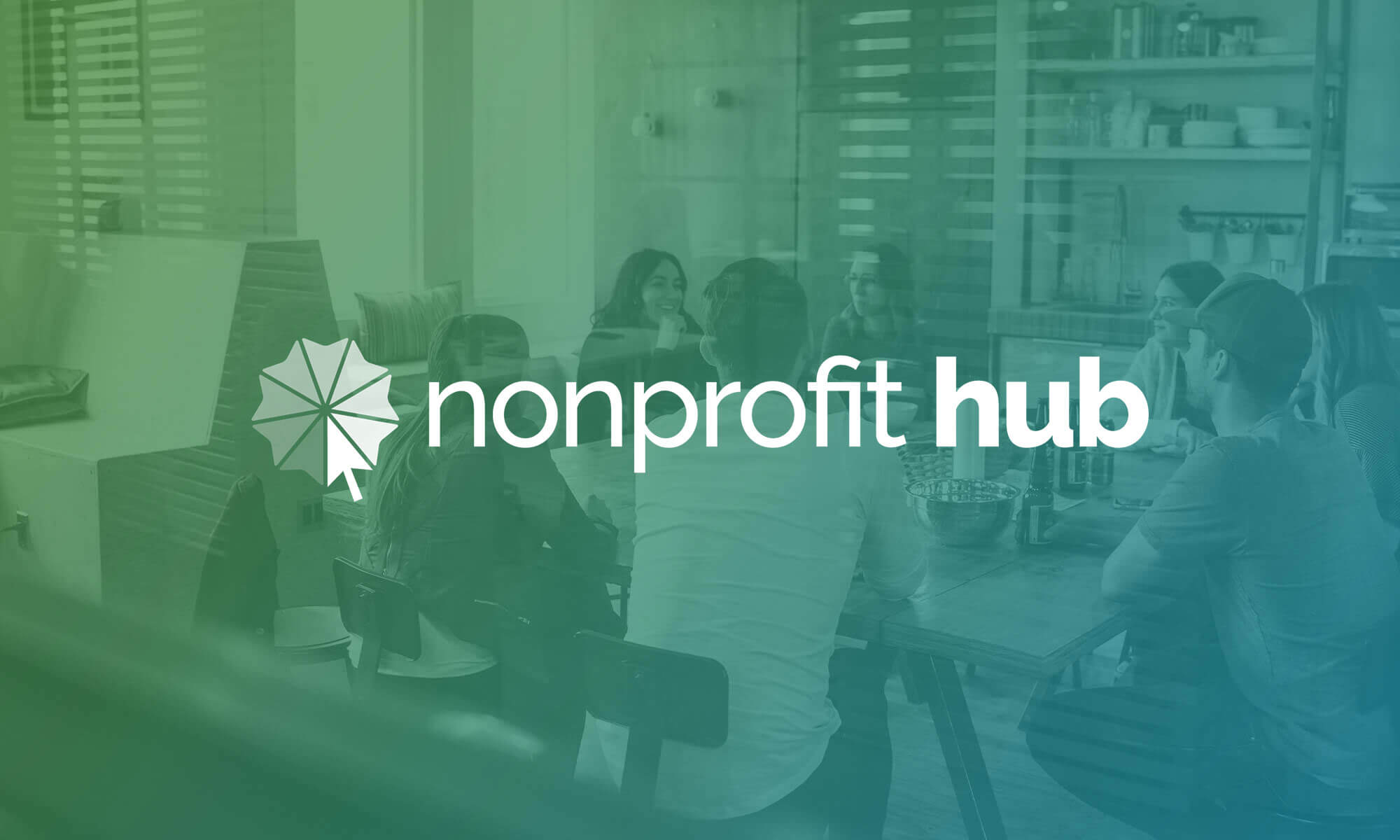You have buddies, biddies, bros, or whatever terminology you like to use for “friends”—a close-knit group who enjoys hanging out on a regular basis. And chances are, they’re all somewhat alike. Most of us (and I say most for those few nitpickers who will insist that their friend group is a diverse exception) have a type of friend group—hipsters, gamers, comedians, chill and relaxed, outgoing and crazy, and so on.
When it comes down to it, hiring someone very similar to you is a bad idea. Maybe you already realized this. But maybe you’ve never considered the personality types that you hire—perhaps you only look for someone who fits the help wanted ads who has a good resume. But you can do better than that. And you should.
If You Need More Convincing:
I’ll take it a step further than what I said above and insist that you avoid hiring people who are just like you. Why? Because if you hire someone who dresses like you, has similar taste in books, music and movies, and frequents the same spots, chances are, you’ll have similar ideas. This will kill your nonprofit’s innovation.
And as a nonprofit, you’ll have to solve a lot of problems, probably with a limited budget and minimal resources. This isn’t to say it’s impossible, but that it might take some creative problem solving. Now, I’m going to play devil’s advocate and help you reach this conclusion on your own (don’t you just hate that?): how is your nonprofit supposed to come up with a variety of unique solutions if all of your employees are basically the same person? (Now, don’t get all upset. I realize that every person is unique—but I’m talking about their basic, on the surface traits.)
The answer, in case my witty set up to the question didn’t work like I intended, is that it won’t. Your nonprofit will be left with basically one solution. So you’d better hope that it works.
The Solution to this Troubling Riddle
If killing innovation sounds like a bad idea (hint: it is a very bad idea), then you need a solution. And lucky for you, I have just the ticket. It’s called a diversity plan.
At the end of the day, you want to hire the best people and recruit the best volunteers possible. And this is still true even with a diversity plan in place. Here are a few tips to keep in mind when creating and implementing your diversity plan:
- Be specific. “Continue efforts to diversify workplace” won’t motivate anyone to do anything differently.
- Outline tangible goals that your nonprofit can measure. Whether it’s hire five new personality types (innovators, organizers, go-getters, worker bees, etc.) within six months or increase your nonprofit’s ethnic diversity by 30% in a year, make them specific.
- Do it. It’s a simple rule. Don’t go about this willy nilly. If you’re going to diversify your nonprofit (whether in personality, gender, ethnicity, etc.), go after it. Don’t just make a plan—do it.
Make Sure Your Heart’s in the Right Place
You should always try to be an includer — someone who strives to include as many people in strengthening your cause as possible. At the end of the day, you should never create a diversity plan for the sake of quantitative numbers. The numbers don’t matter. Your end goal should be to create a diverse workplace that fosters creativity. Because ultimately, your nonprofit’s mission is to go after your cause and make a difference in the world.
What roadblocks do you run into when hiring new employees or recruiting volunteers for your nonprofit?






